|
By Micki Luckey “And O my people, out yonder, hear me, they do not love your neck unnoosed and straight. So love your neck; put a hand on it, grace it, stroke it and hold it up…. hear me now, love your heart. For this is the prize.” From a passage in Toni Morrison’s Beloved that is engraved on the wall of the National Lynching Memorial in Montgomery, Alabama.
Comments are closed.
|
Find articles
All
Browse by date
July 2024
MEDIUM |
© COPYRIGHT 2017-2024 SURJ BAY AREA. ALL RIGHTS RESERVED.

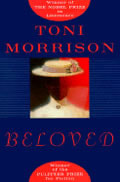
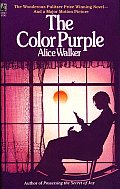
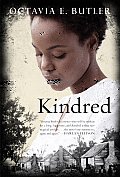
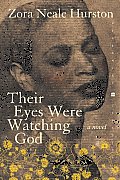
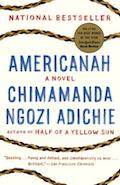
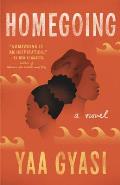
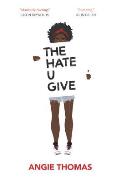
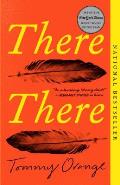
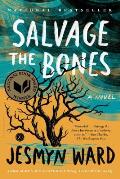
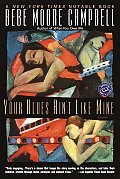
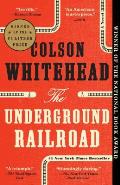
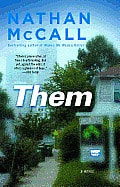
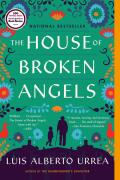

 RSS Feed
RSS Feed